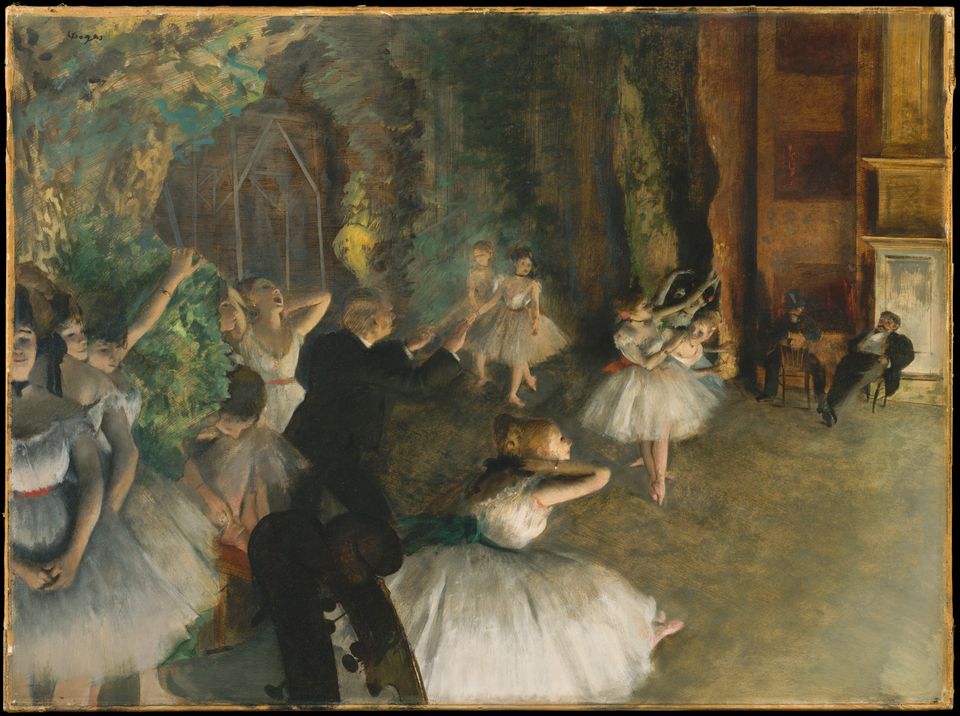Impressionism Art: The Vivid Emotion

Impressionism is one of the most recognizable and celebrated forms of art in the world. It emerged in 19th-century France, and focuses on capturing a moment in time with bold colors and thick brushstrokes. Impressionist works are often characterized by their vivid depictions of nature and everyday life as well as their use of light to create an atmosphere.
Impressionism was born in Paris, France around the mid-1860s and early 1870s as a reaction against traditional academic art styles of the time. French painters Claude Monet, Edgar Degas, Camille Pissarro, Pierre Auguste Renoir, Alfred Sisley and others began to experiment with styles that focused on the effects of light and the concepts of movement. They used bright colors, short brush strokes, and loose sketch-like images in their art instead of traditional methods such as carefully structured compositions or detailed outlines.

Famous Impressionist works include Monet’s series of paintings depicting Water Lilies, Degas’ ballet scenes, and Renoir’s Dance at Le Moulin de la Galette. Other popular pieces include Pissarro’s Avenue At The Bois De Boulogne, Sisley’s L'Orangerie Du Chateau D'Eau and Manet’s Luncheon On The Grass.


If you’re interested in creating Impressionist art, it’s important to keep the following tips in mind:
- Use a color palette that is bright and vibrant.
- Loosely sketch your composition before painting.
- Apply thick layers of paint with a brush, using quick, small brush strokes.
- Look for the effects of light and shadows in your painting, and capture them with your brushstrokes.
- Use white highlights to create texture and depth.
- Paint swiftly and confidently, don’t overthink it!
Impressionism is a timeless art style that continues to inspire artists around the world. Give it a try and create your own unique works of art!

D'Artisan Shoppe Professional Brushes
15PCS: 4 natural hog hair bristle brushes and 11 synthetic bristle brushes

